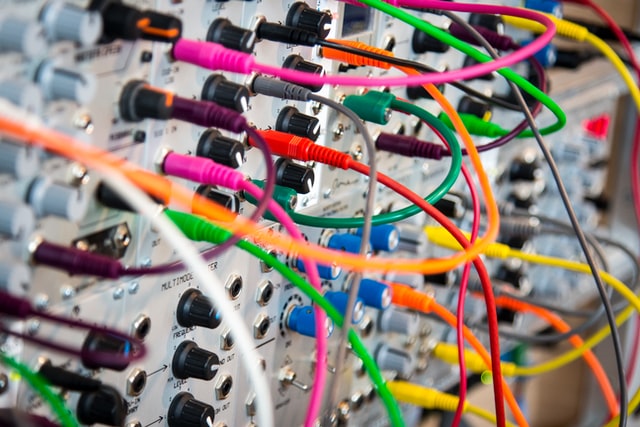Bits per second, or bps, is the unit of measurement for network connections. The maximum bandwidth of the network is measured in kilobits per second (bps), megabits per second (Mbps), and gigabits per second (Gbps). Units like these are referred to as “standard units.”
Kbps and Mbps are responsible for the data transfer. Mbps and Kbps tell us how fast the internet is. A computer’s or a smartphone’s bandwidth is simply the rate at which data is downloaded from the internet to your device.
Kbps is the lowest data rate speed of the bunch. A thousand is a kilo. Kbps stands for one kilobit per second, while Mbps stands for megabit per second.

Also known as kbits per second, kbits per second, and kbits per second, Kbps is a unit of data transmission speed. Kbps is used in networking, telephone, and wireless communication applications.
The “M” in mbps stands for megabits per second. Also, a Mbps stands for a megabit per second. You can tell how fast your internet is by the number of megabits per second (Mbps).
Mbits per second (mbits per second) is another way of referring to Mbps. It is possible to use Mbps in applications such as phone and wireless communication.
Contents
Kbps Vs. Mpbs
At this point, you know what mbps and kbps are and what they’re used for. Lower data rate transfer speeds require kbps, whilst high data rate transfer speeds call for mbps. kbps can be utilised in a 2G mobile network. At 50 kbps or 40 kbps, 2G’s data transport will be significantly less expensive than 3G’s.
Kbps provides banners, ad headlines, and posters for all of your advertising needs. The only thing that separates them is their magnitude. The size of a signal is what distinguishes a kbps from an mbps transmission. So far, you’ve learned that mbps is significantly quicker than kbps.
When you use an mbps connection, you get a 1000-fold increase in connection speed. Technically, the term “network capacity” is more properly known as “network speed” or “connection speed.” In a 1 kbit per second network, that’s all you’ll be able to send.
Calculating Megabits/Seconds in Kbps
Surely you’re thinking how to convert kbps to mbps? Let us take care of it for you, and you won’t have to worry about how to convert this thing any more!
Converting kbps to mbps
To convert kbps to megabits per second, multiply it by 1,000. Three positions left of the decimal point. Inquiring minds want to know: Are you still perplexed To see if this is the case, consider the following example. That’ll be crystal obvious in your head from now on.
For example, let’s say that we need to convert 3000kb/s to mbps. Divide 3000 by 1000 to get 3 and not just 3 kbps, 3 kbps is the same as the 3 mbps you have presently.
If you want to know how to go from 0.8 kbps to mbps, here’s an example. Afterwards, move the decimal point by three places to the left. A kilobyte per second (kbps) is equal to 0.008 mbps when the decimal point is moved three spaces to the right.
That was it for the kbps to mbps conversion. After all, how would one go about changing from megabits to kilobits? Not to worry, we have you covered there as well.
Converting Mbps to kbps
To go from megabits per second to kilobits per second, all you have to do is multiply the mbps value by 1000. kbps can be obtained by adding three digits to the right of the decimal point. It’s a reversal of the kbps-to-mbps conversion process.
Example: If you wish to convert 3 megabits per second (Mbps) to kilobits per second (kbps), multiply it by 1000 or shift the decimal point by three places to the right. The resulting bitrate will be 3000 kbps instead of 3 Mbps.
0.6 megabits per second to kilobits per second 0.6 mbps to 600 kbps is the result of shifting the decimal point right three places.
You’ve mastered the art of transforming network bits by now. Kbps (Kilobits per second) to mbps (Megabytes per second) and mbps (Megabytes per second) to kbps ( Kilobit per second ). Convert to the data type of your choice.
Conclusion
That was everything about kbps (Kilobit per second) and mbps (Megabit per second) ( Megabyte per second ). To learn more about the differences between bits per second (bpm) and bits per second (bps), as well as how to convert between the two, continue reading.
I hope you enjoyed it. Please take precautions to keep yourself safe. Let us know if you have any questions or concerns about the translation process. I’ll see you all in the future! Ciao!

